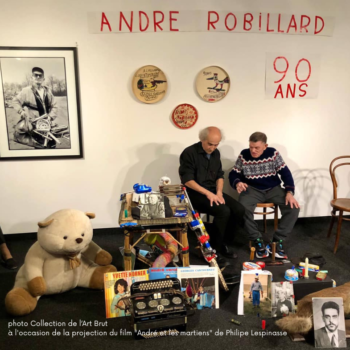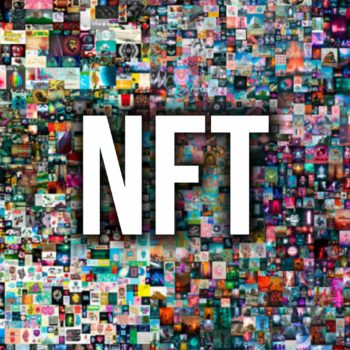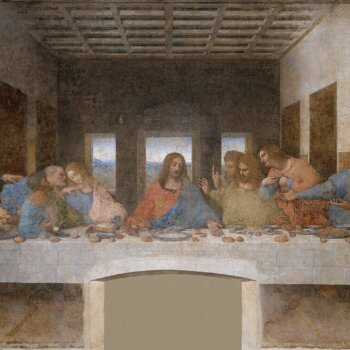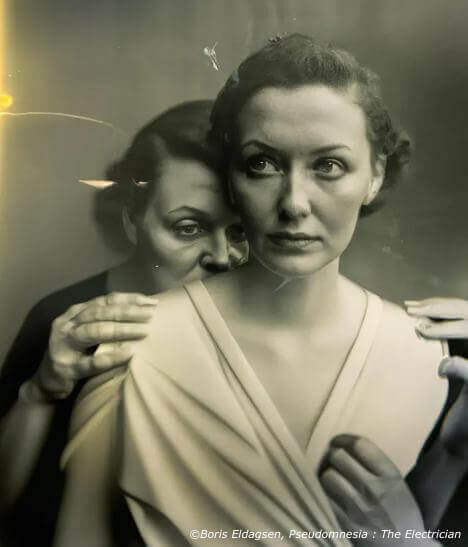
Does artificial intelligence mean the end of artists?
- Post published:12 May 2024
- Post category:Art Files
After an experimental phase that began in 1960, is AI threatening creative work in the 21st century? What does the future hold for artists?
Discover three stages in the entry of AI into the world of art. Discover the bright and dark sides of artificial intelligence for art and, more generally, for democracy.
At the beginning, Harold Cohen and AARON
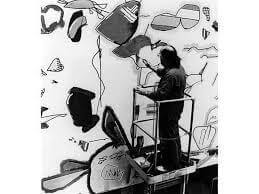
In the 1960s, Harold Cohen, a British painter, invented “computer art” with his computer programme AARON. In its initial form, AARON created black and white figures that Harold Cohen painted.
Over the years, Harold Cohen continued to improve AARON: from 1990 onwards, he was able to use brushes and colours independently.
At this stage, the artistic interest of computer art was extremely limited. All that remained was the experimental interest of the approach.
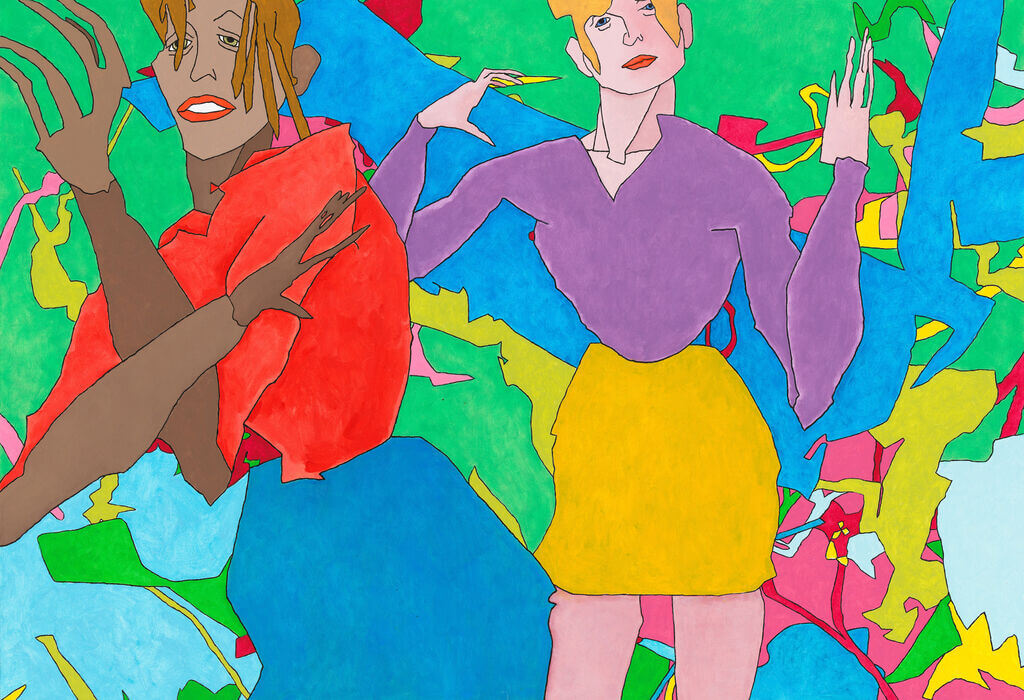
Rembrandt back to painting thanks to AI
In 2016, a team of Dutch art historians and computer scientists scanned 168,263 fragments from Rembrandt’s 346 paintings in high definition.
They then submitted this “raw material” to an artificial intelligence that would 3D print a painting that Rembrandt could have produced.
In fact, using 3D, it is possible to reproduce Rembrandt’s brushstrokes and the thickness of his paint. This is the “next Rembrandt” project.
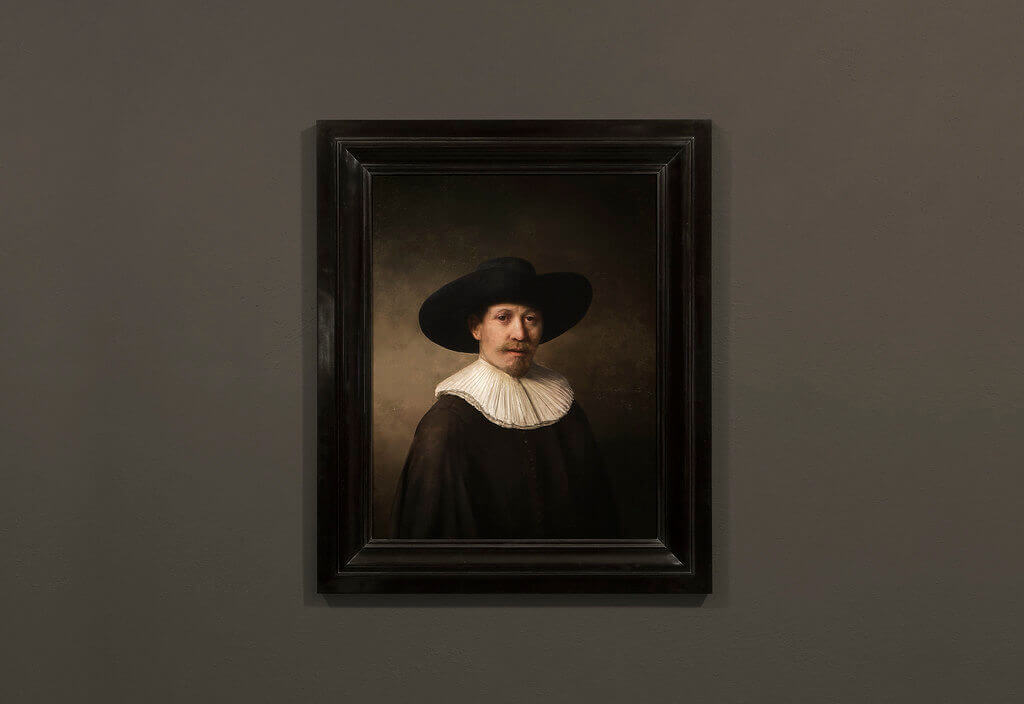
Portrait of Edmond de Belamy sold by Christie's
In 2018, the Obvious collective, made up of three French artists, used AI to create a series of portraits of a fictional family.
In October 2018, a print on canvas by Edmond de Belamy was presented at auction by Christie’s and the portrait sold for $432,500! This was the first auction of a “work” created by AI.
Clearly, it was not its artistic quality that explains the price, but rather the “world premiere” effect.

When AI becomes a sensitive creator...
In January 2021, the DALL-E image software was launched. The results were rather disappointing, and it wasn’t until April 2022 and the release of DALL-E 2 that good quality images became available to everyone. It was the start of a huge wave of AI-generated images. The time for experimentation is well and truly over.
The true and the false are now mixed together
With AI, photography is undergoing an existential revolution. Photoshopping a photo used to require a photo beforehand, but with AI the need for a photo disappears completely!
The photographers’ world was not ready to face such a challenge. So in 2023, the German photographer Boris Eldagsen won the Sony World Photography Awards in the “Creation” category with an image generated by AI. Boris Eldagsen did not reveal the origin of this photo, entitled Pseudomnesia: The Electrician, until after he had won the prize, which started a controversy.

But beyond art photography, the realism of AI-generated images raises questions about what is real and what is fake, especially as some AI-generated images quickly go viral.
But this explosion means that we are now questioning the authenticity of all images, including… real ones!
That was the case with the photo taken by photographer Stéphane Mahé for Reuters showing a tide of CRS protecting the Constitutional Council during the pension reform in Paris. An incredible photo… and yet a perfectly real one!
Faced with these situations where truth and falsehood mix, we have only one choice: the professional media, which guarantee information. But there are two limits:
- First, the so-called “mainstream” media are themselves under attack from a part of the population.
- Secondly, mass media are all facing declining audiences and a loss of advertising revenue, threatening their future sustainability.
Democratic states therefore need to step up their support for the media to prevent the simple notion of what is true from disappearing!
The shining face of AI art
The fact remains that the image Pseudomnesia: The Electrician created by photographer Boris Eldagsen is an image that creates emotion.
Quality AI art is developing, with talented artists. Little by little, this new art form is finding its fans.
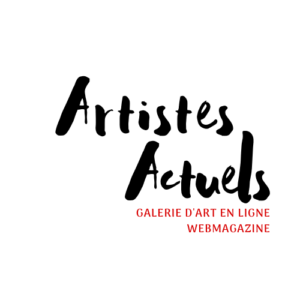
The editorial team
The thrill of artistic discoveries

